
Infrastructure as Code: The Secret Weapon for Scalable DevOps
Sep 04, 2025 2 Min Read 2645 Views
(Last Updated)
The evolution of DevOps has transformed software delivery, enabling faster releases, improved collaboration, and greater reliability. However, it makes infrastructure more complex, so managing it manually becomes inefficient. That is why Infrastructure as Code (IaC) comes as a game-changer.
IaC enables DevOps teams to automate and scale infrastructure deployments with ease. By implementing infrastructure as code, organizations can ensure efficiency, scalability, and reliability while eliminating the risks of manual configurations.
In this blog, we’ll explore how IaC improves the DevOps Lifecycle, the most popular tools used, and why it’s essential for the future of cloud-native development.
Table of contents
- How IaC Improves Scalability, Reliability, and Efficiency:
- Scalability:
- Reliability:
- Efficiency:
- Widely Used IaC Tools and Their Pros & Cons
- Terraform (by HashiCorp)
- AWS CloudFormation
- Pulumi
- The Future of DevOps with IaC
- Conclusion
How IaC Improves Scalability, Reliability, and Efficiency:
Scalability:
Modern applications need to scale dynamically based on demand. Traditional infrastructure management struggles to keep up, leading to downtime, performance breakdown, and excessive infrastructure costs.
🔹 Defining Infrastructure as Code – Infrastructure can be replicated across different environments (development, staging, production) without manual intervention.
🔹 Auto-Scaling Resources – Cloud-based IaC solutions allow for auto-scaling based on usage patterns, optimizing cost and performance.
🔹 Enabling Multi-Cloud Deployments – Organizations can manage workloads across AWS, Azure, and Google Cloud for better cost management, as well as hybrid model deployments.
Example: An e-commerce company using Kubernetes and Helm charts can automatically scale its infrastructure to handle traffic spikes during the Festive Season sales.
Reliability:
One of the biggest challenges in DevOps is ensuring that infrastructure changes don’t introduce downtime or security vulnerabilities. Manual processes often lead to configuration differences, where environments become inconsistent over time.
- Using Version Control – Infrastructure configurations are stored in Git repositories, allowing teams to track changes, roll back updates, and collaborate effectively.
- Enforcing Consistency – Every deployment follows a defined blueprint, ensuring the same setup across environments.
- Enhancing Disaster Recovery – If an environment fails, IaC makes it easy to restore infrastructure using predefined templates.
Example: A financial services company can maintain compliance by using Terraform modules to ensure every cloud deployment follows security best practices.
Efficiency:
Traditionally, setting up servers, databases, and networking components was a manual process, leading to inconsistent environments, wasted time, and increased human errors.
With IaC, infrastructure provisioning is automated using tools like Terraform, AWS CloudFormation, and Ansible. This allows teams to:
- Reduce Deployment Time – Infrastructure can be spun up in minutes instead of hours or days.
- Eliminate Manual Errors – Since configurations are predefined in code, there’s no risk of misconfigurations.
- Streamline Collaboration – Developers and operations teams can use the same codebase, improving visibility and reducing bottlenecks.
Example: A startup using Terraform can automate the deployment of its cloud infrastructure, enabling developers to focus on building features rather than managing servers.
Widely Used IaC Tools and Their Pros & Cons
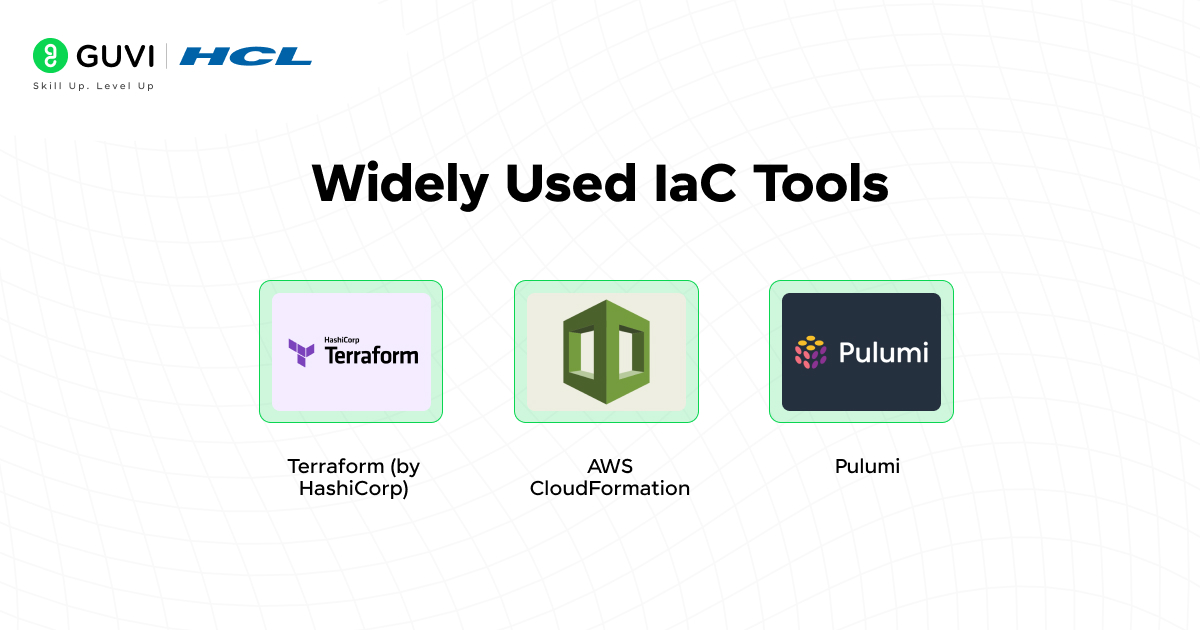
There are several popular Infrastructure as Code tools, each with its strengths and weaknesses. Let’s look at some of the most widely used ones:
1. Terraform (by HashiCorp)
Terraform is a declarative IaC tool that supports multiple cloud providers (AWS, Azure, GCP) using a simple HCL (HashiCorp Configuration Language) syntax.
Pros:
✔ Multi-cloud support (AWS, Azure, GCP, Kubernetes, etc.)
✔ Declarative approach ensures predictable deployments
✔ Strong community support and a vast ecosystem of modules
✔ State management with remote backends like AWS S3
Cons:
✘ Learning curve for managing Terraform state files
2. AWS CloudFormation
CloudFormation is an AWS-native IaC tool that allows users to define infrastructure as JSON or YAML templates.
Pros:
✔ Fully managed by AWS, deep integration with AWS services
✔ Automates infrastructure provisioning within the AWS ecosystem
✔ Built-in rollback mechanism in case of failure
Cons:
✘ Limited to AWS (no multi-cloud support)
✘ YAML/JSON templates can become complex and hard to manage
Are you interested in starting your career in cloud computing? Begin your journey by enrolling in HCL Guvi’s course on AWS Fundamentals. This course provides a detailed introduction to cloud computing, its types, and its usefulness in today’s world. You can gain industry-recognized certification from this course.
3. Pulumi
Pulumi allows infrastructure to be defined using general-purpose programming languages like Python, JavaScript, and Go.
Pros:
✔ Uses familiar programming languages instead of domain-specific languages (DSLs)
✔ Strong support for multi-cloud environments
✔ Supports both imperative and declarative styles
Cons:
✘ Requires knowledge of traditional programming (not as simple as Terraform’s HCL)
✘ Smaller community compared to Terraform and Ansible
The Future of DevOps with IaC
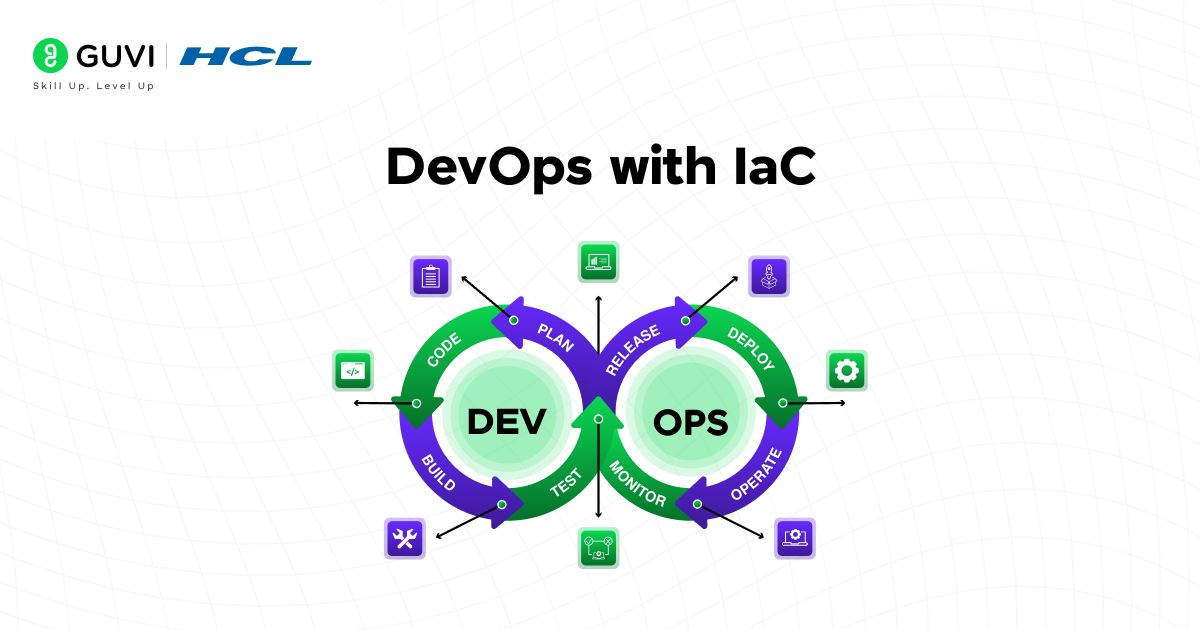
As organizations continue adopting cloud-native technologies, microservices, and edge computing, the role of IaC will become even more critical.
Emerging Trends in IaC:
✅ GitOps – Managing infrastructure using Git repositories as the single source of truth.
✅ AI-Driven Automation – Using AI to optimize and manage infrastructure automatically.
✅ Self-Healing Systems – Automatically detecting and fixing infrastructure issues in real time.
Businesses that embrace IaC will gain a competitive advantage by achieving faster deployments, reduced downtime, and improved operational efficiency.
Conclusion
Infrastructure as Code is revolutionizing DevOps by making infrastructure efficient, scalable, and reliable. By leveraging automation, version control, and consistency, organizations can deploy applications faster, reduce errors, and improve overall system resilience.
Whether you’re a startup or an enterprise, adopting IaC is no longer an option—it’s a necessity. The future of DevOps is code-driven, automated, and scalable, and IaC is leading the way.





















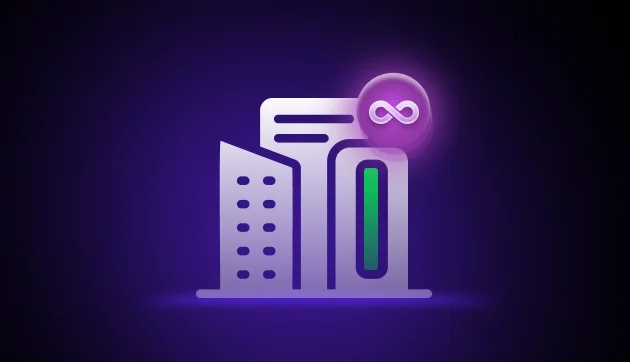
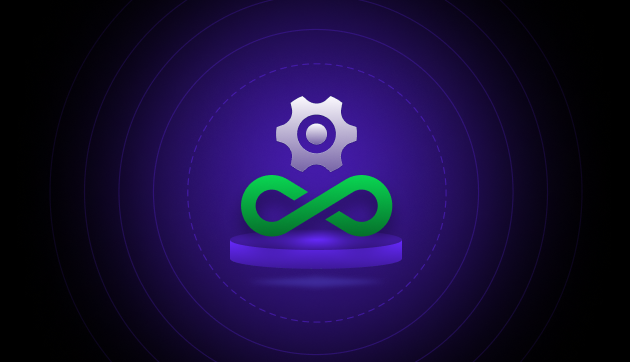
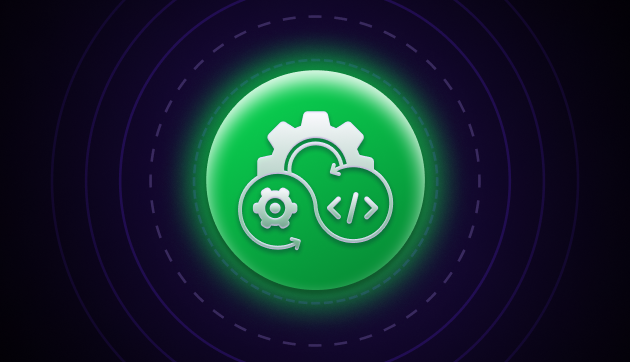
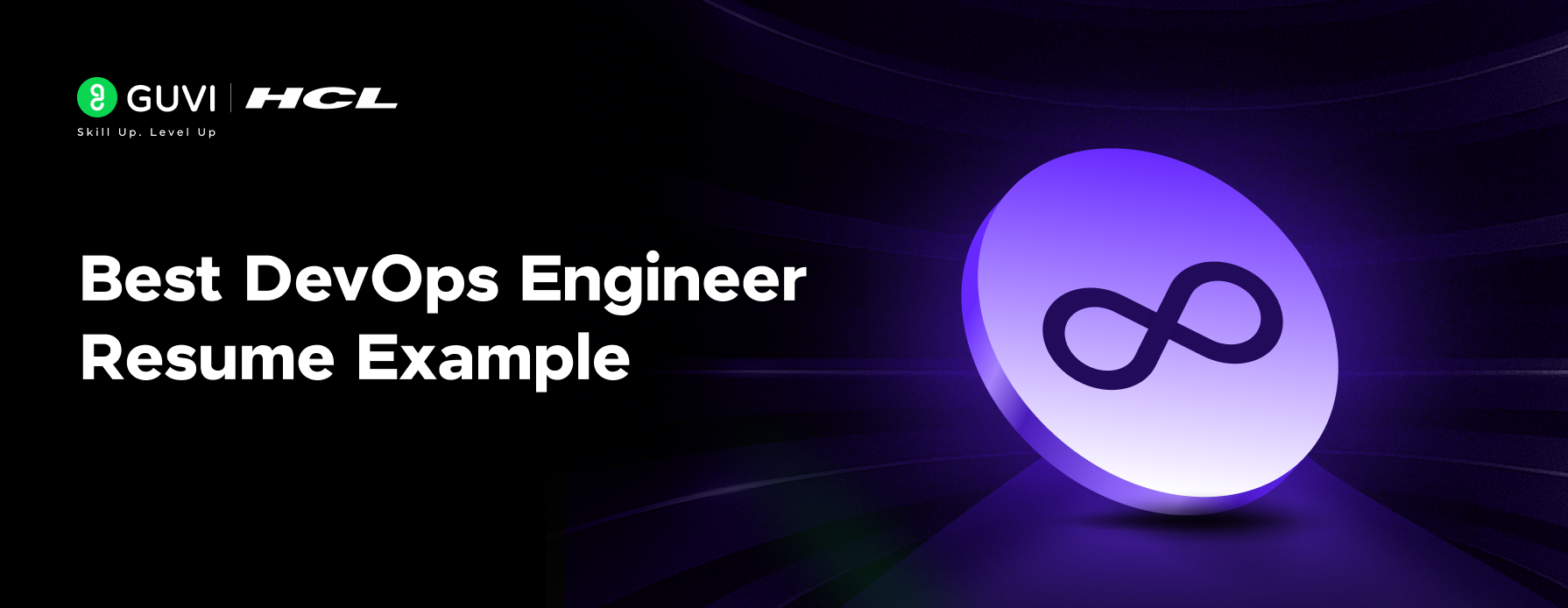


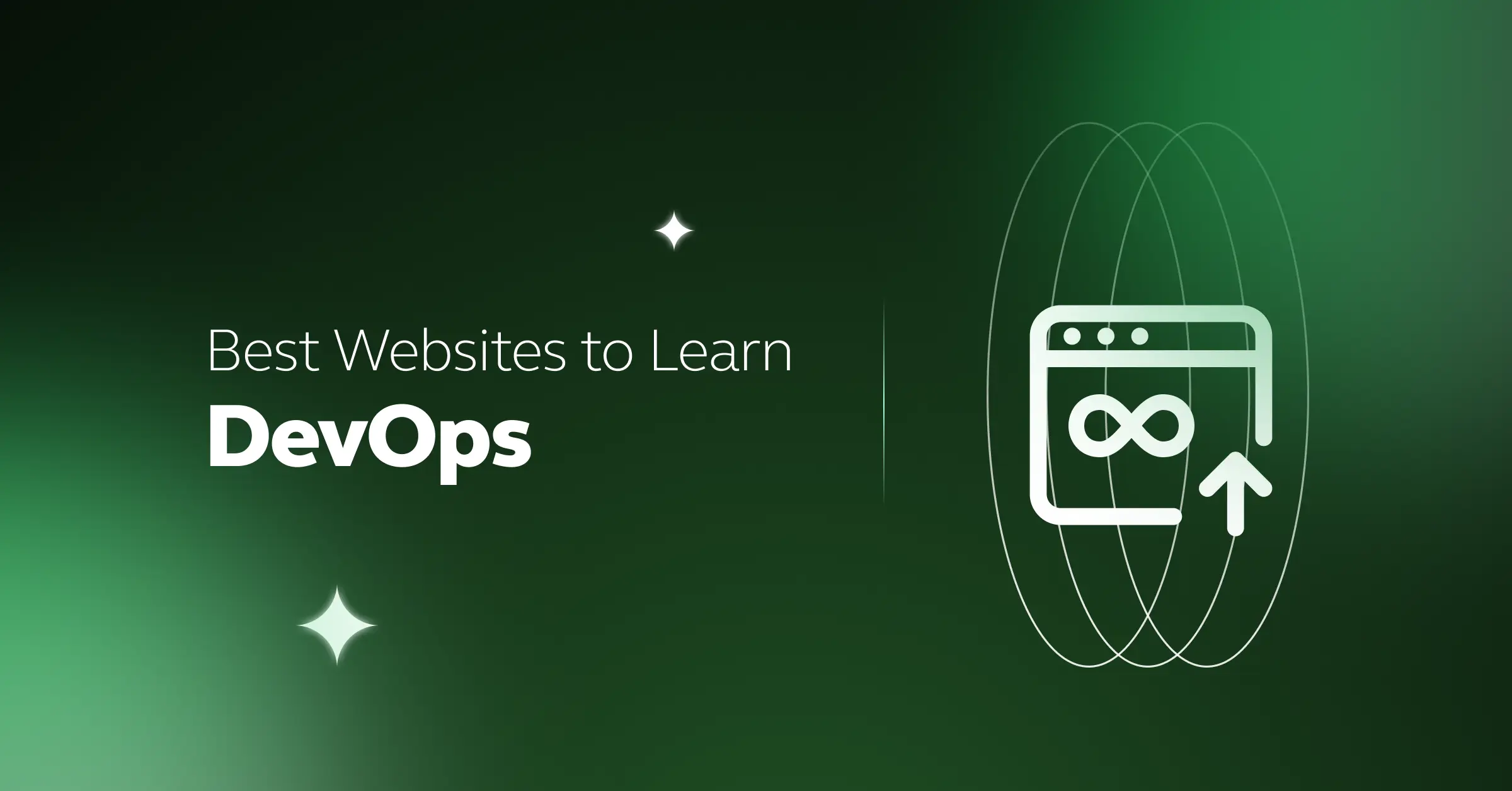






Did you enjoy this article?